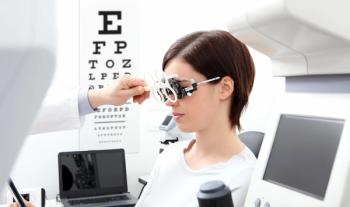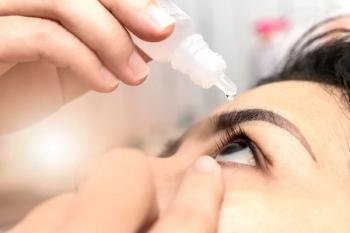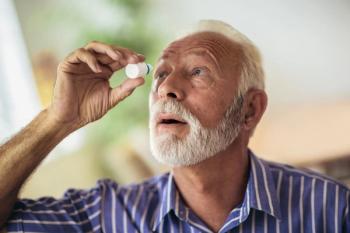
Researchers use viscous seaweed to treat retinal detachment
The effort led to the creation of an artificial vitreous body for treating retinal detachment. This solution is based on a natural carbohydrate derived from algae.
Researchers at Pohang University of Science and Technology (POSTECH) have published results of a study exploring the use of alginate for the treatment of retinal detachment.
The study, a collaborative effort that includes researchers from the Department of Chemical Engineering, School of Convergence Science and Technology, and the Department of Chemical Engineering at POSTECH and the Dong-A University Hospital's Department of Ophthalmology, was published in Biomaterials.1
The researchers’ work has led to the creation of an artificial vitreous body for treating retinal detachment. This solution is based on a natural carbohydrate derived from algae.
According to a POSTECH news release, the vitreous body is a gel-like substance that occupies the space between the lens and retina, contributing to the eye's structural integrity. Retinal detachment occurs when the retina separates from the inner wall of the eye and moves into the vitreous cavity, leading to detachment and potentially resulting in blindness in severe cases. While a common approach involves removing the vitreous body and substituting it with medical intraocular fillers like expandable gas or silicone oil, these fillers have been associated with various side effects.2
The researchers addressed these issues by using a modified form of alginate, a natural carbohydrate sourced from algae. Alginate, also known as alginic acid, is widely utilized in various industries, including food and medicine, for its ability to create viscous products. In this research, the team crafted a medical composite hydrogel based on alginate, offering a potential alternative for vitreous replacement.
The hydrogel, which has high biocompatibility and optical properties akin to authentic vitreous body, enables patients to preserve their vision post-surgery. Its distinctive viscoelasticity effectively regulates fluid dynamics within the eye, contributing to retinal stabilization and the elimination of air bubbles.1
To validate the hydrogel's stability and effectiveness, researchers conducted experiments using animal models, specifically rabbit eyes, which closely resemble human eyes in structure, size, and physiological response. Implanting the hydrogel into rabbit eyes demonstrated its success in preventing the recurrence of retinal detachment, maintaining stability, and functioning well over an extended period without any adverse effects.2
POSTECH’s Hyung Joon Cha, PhD, who led the study, noted in the news release that there is a correlation between retinal detachment and severe myopia and the prevalence of retinal detachment is increasing, particularly in young people.
“The incidence of retinal detachment cases in Korea rose by 50% in 2022 compared to 2017,” he said. “Our team will enhance and progress the technology to make the hydrogel suitable for practical use in real-world eye care through ongoing research.”
“The worldwide market for intraocular fillers is expanding at a rate of 3% per year,” said Woo Jin Jeong, MD, PhD, from the Dong-A University Hospital. “We anticipate that the hydrogel we've created will prove beneficial in upcoming vitreoretinal surgeries."
The research was sponsored by the Korea Medical Device Development Fund and the Mid-Career Research Program of the National Research Foundation of Korea.2
References:
Geunho Choi, Seoung Hyuan An, Joe-Won Choi, Mee Sook Rho, Woo Chan Park, Woo Jin Jeonh, Hyung Joon Cha. Injectable alginate-based in situ self-healable transparent hydrogel as a vitreous substitute with a tamponading function, Biomaterials, Volume 305, Published March 2024, 122459, ISSN 0142-9612. DOI:
https://doi.org/10.1016/j.biomaterials.2023.122459 Treatment for blindness-causing retinal detachment using viscous seaweed. EurekAlert! Accessed March 27, 2024. https://www.eurekalert.org/news-releases/1039024
Newsletter
Want more insights like this? Subscribe to Optometry Times and get clinical pearls and practice tips delivered straight to your inbox.
















































.png)


